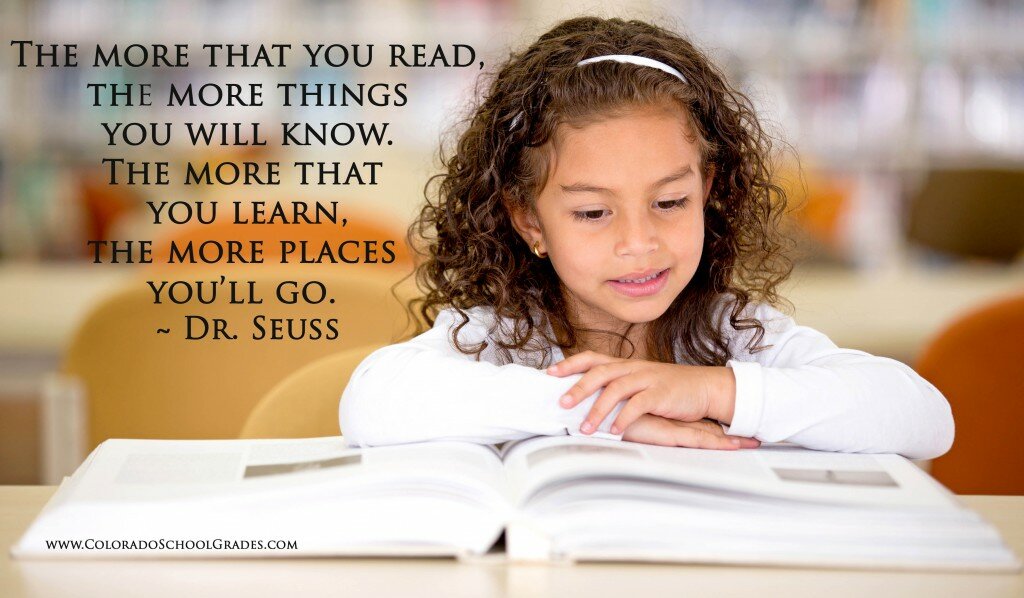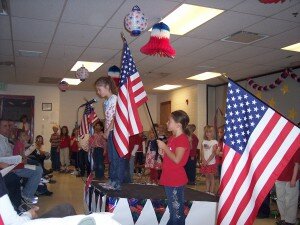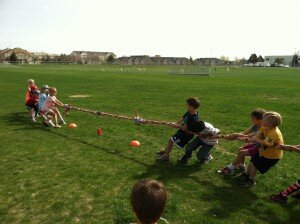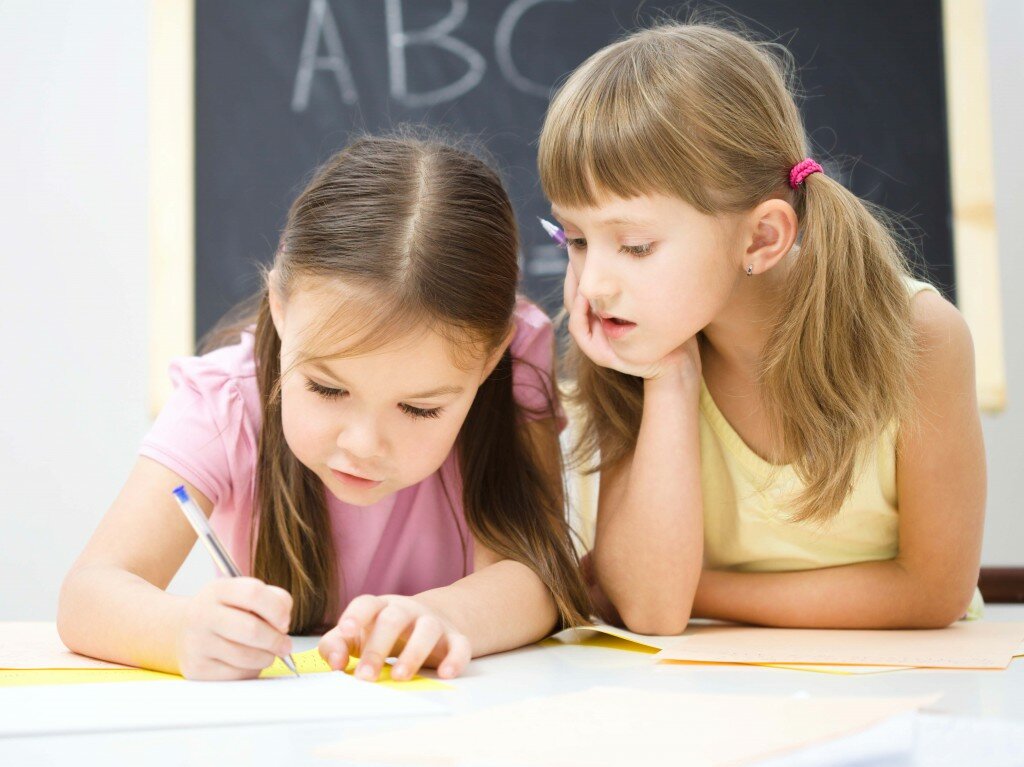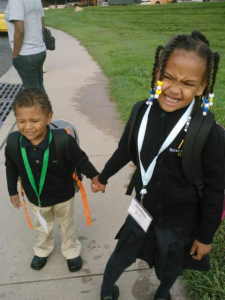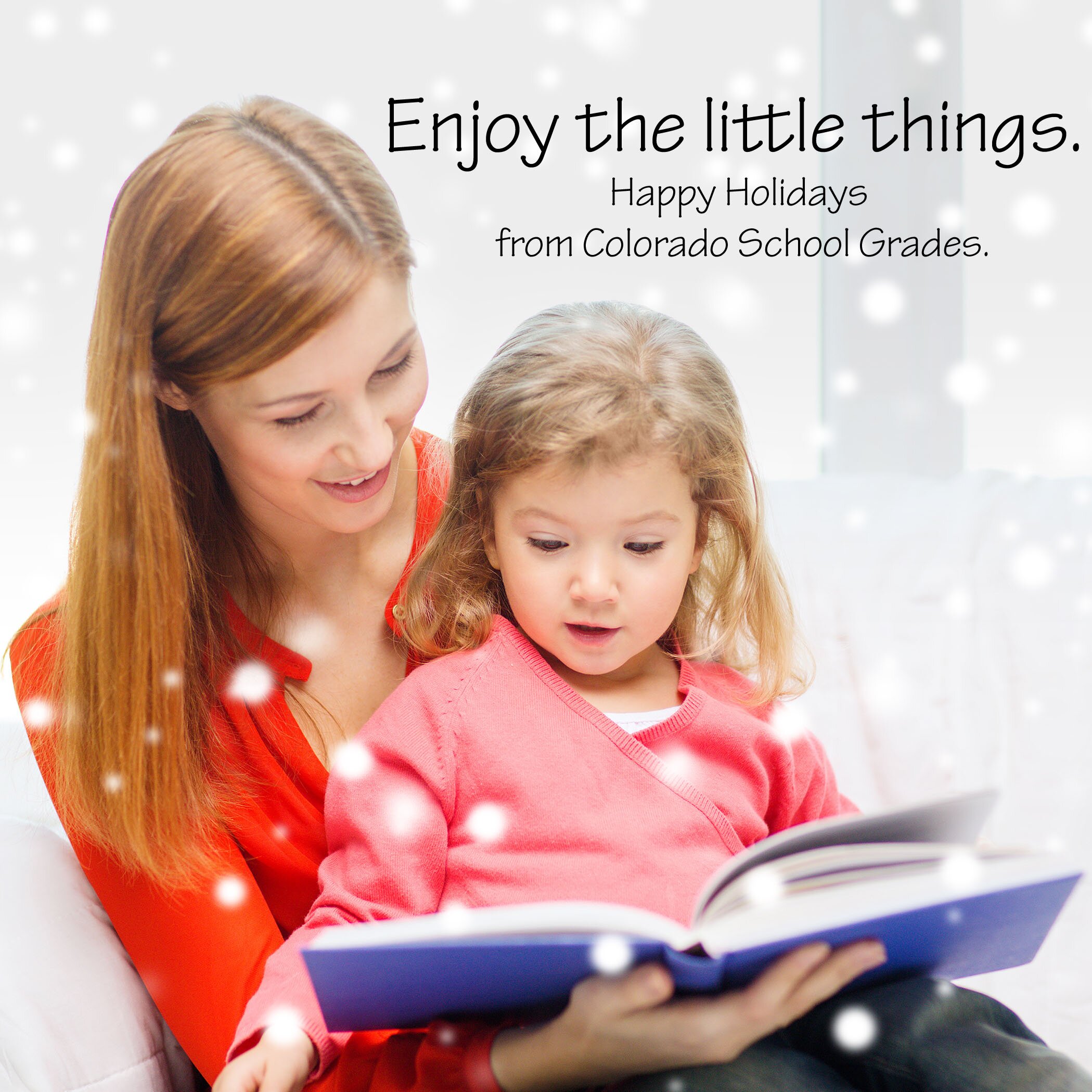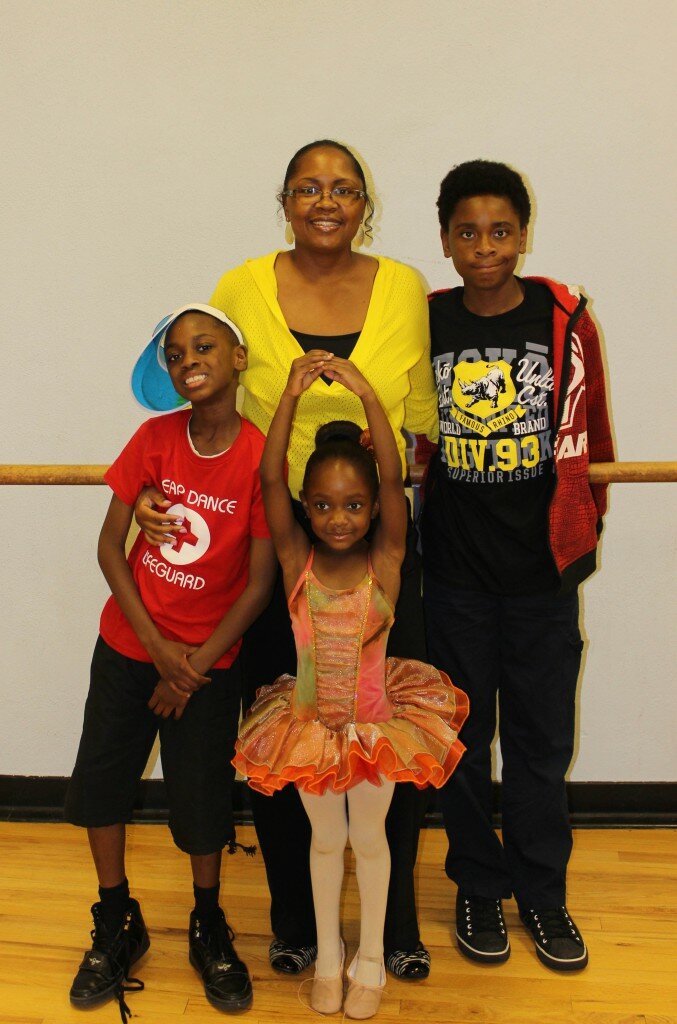 The best gift you can give your child as a parent is selecting a school that fits their needs and that will offer a quality education. As a mother of three children ages 6, 10, and 12, I have done more than my share of research to identify quality schools that fit their needs. My children currently attend a private school, a charter school, and an innovation public school.
The best gift you can give your child as a parent is selecting a school that fits their needs and that will offer a quality education. As a mother of three children ages 6, 10, and 12, I have done more than my share of research to identify quality schools that fit their needs. My children currently attend a private school, a charter school, and an innovation public school.
So, one might ask what does the process to identify the right school for your children look like? Below are some tips based on my experience selecting the right schools for my children.
1. Make a list of priorities.
The first thing I do is write down a list of things that are important to me. For example, teaching style (project based learning, expeditionary, foreign language immersion, etc.), curriculum used (I have acquired knowledge of certain programs and I’m also a public school employee) and level of parental involvement.
2. Do your homework online.
I use my priorities list to narrow down schools that fit those needs. With my list I look at the schools SPF or School Performance Framework (available here), which gives me and indicator of how effective the school is at teaching their students. Another tool I use in this process is a parent based school rating website Great Schools to see how other parents have rated the school and their experiences. Colorado School Grades is another good resource to consider. I also can use this information to address areas of concern on my school visits.
3. Set up school visits.
Then, I set up school tours where I look for quality and content of student work being displayed in the hallways and well as visuals that display school culture. I also like to visit a classroom room where my child might be placed to get an idea of how students are instructed. School leadership is crucial for a school to thrive and succeed so when I visit schools I always make it a point to meet the school administrator to truly get a feel of the pulse of the school.
4. Consider a school visit with your child.
Now that I have given the school/s on my list my parental seal of approval, I like to take it a step further and have my child visit for half/full day if possible. Because they will be attending the school I want it to be a place where they feel safe, comfortable, and loved. Their experience most likely will be different from mine and this can add new perspective to your decision. If your child has and IEP (Individualized Education Plan) or any other learning plan, this would be the time to meet with who will be supporting your child and understand the services available.
Finding a school that is the best fit for your child can be a lot of work but it is well worth it. Don’t be afraid to ask bold questions and advocate for your child’s needs. You want to be ready to make an informed decision for a school that best fits your child’s needs for a great education.
Nabeehah Brown is an early childhood educator in Colorado and is the mother of 3 children attending school in Denver. She is also member of Stand for Children Colorado.
 |
| 

